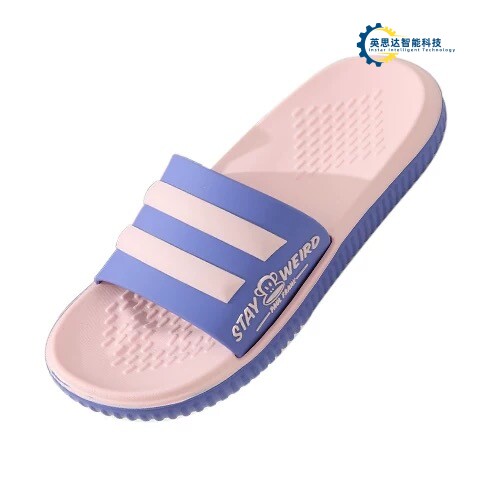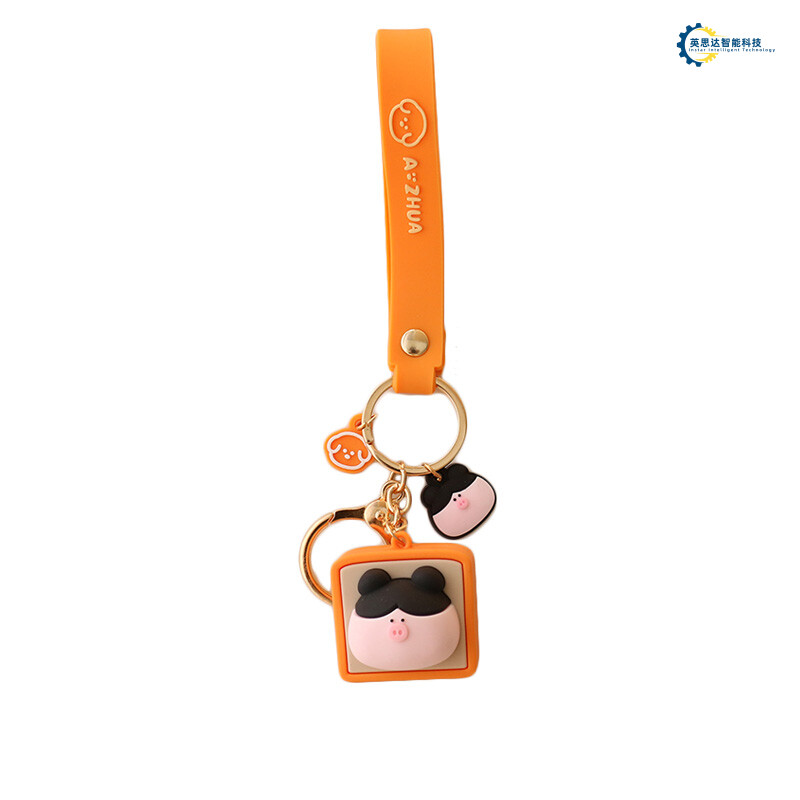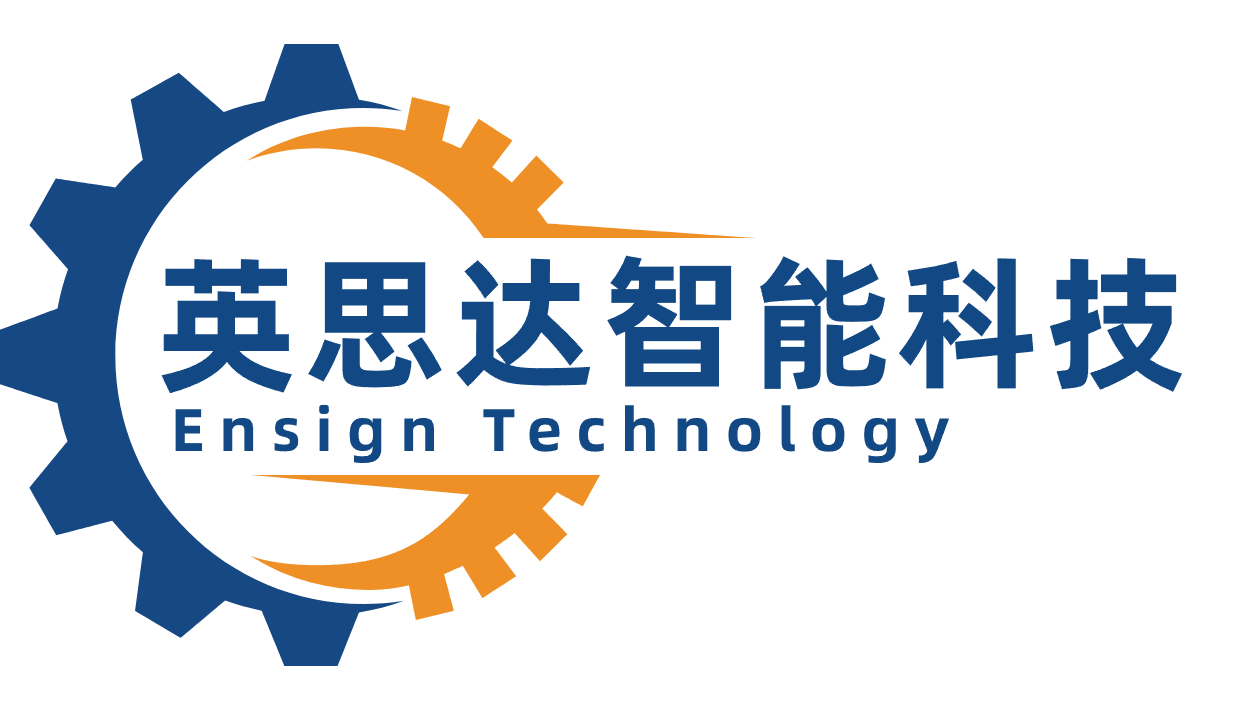Key Takeaways
Think of a silicone mixing machine as the world’s pickiest bartender—it won’t serve your materials until every ingredient is blended to exact specs. Its core function? Making sure your silicone isn’t clumpier than grandma’s gravy. By precision blending, these machines turn chaotic goop into smooth, uniform batches, because nobody wants a phone case that cracks faster than a dad joke.
But here’s the kicker: these machines aren’t just mixing bowls with a superiority complex. They’re the secret sauce behind durability in everything from yoga pants that survive downward dog to circuit boards that tolerate your questionable soldering skills. In textiles, they ensure your spandex doesn’t snap mid-Zumba. For electronics, they’re the reason your smartwatch survives your “I’ll just fix it myself” phase. And in industrial manufacturing? Let’s just say they’re the unsung heroes keeping factory meltdowns literal, not metaphorical.
Oh, and modern models? They’ve gone full eco-warrior, slashing waste like a minimalist influencer decluttering their closet. So yeah, it’s not just mixing—it’s efficiency with a side of “look-at-me-I’m-saving-the-planet” flair.

Silicone Mixing Machine Core Functions
Think of a silicone mixing machine as the Gordon Ramsay of manufacturing—except instead of yelling about undercooked risotto, it’s obsessively ensuring every batch of silicone is smoother than a jazz saxophonist’s riff. Its core function? To play matchmaker for chemicals, forcing them to mingle so perfectly that even The Bachelor producers would take notes. By precisely blending components like base polymers, curing agents, and fancy additives, these machines avoid the drama of clumps or uneven textures. Imagine trying to bake a cake where the flour refuses to talk to the sugar—chaos!
Pro Tip: If your silicone mix looks like a toddler’s glitter art project, your machine might need a checkup. Consistency is key—unless you’re aiming for "abstract" industrial design.
But it’s not all serious business. These machines are basically the overachievers of the factory floor, juggling material consistency and product durability while secretly dreaming of a promotion to "Chief Smoothness Officer." Whether it’s crafting squishy phone cases that survive your butterfingers or textile coatings that laugh in the face of friction, their blend game is strong. And let’s not forget the advanced mixing tech—like giving the silicone a VIP spa treatment with vacuum systems to bubble-wrap perfection. Next time you marvel at a stretchy silicone product, remember: somewhere, a mixing machine is taking a bow. 🎩
Ensuring Material Consistency in Production
Picture this: a silicone mixing machine is like that one friend who insists on stirring their coffee exactly 17 times clockwise. Why? Because chaos—or in this case, lumpy silicone—is the enemy. These machines are the ultimate material consistency enforcers, ensuring every batch of silicone behaves like a well-rehearsed choir, not a tone-deaf karaoke night.
How do they do it? Imagine a blender with a PhD in precision blending. These machines use rotating blades (or “mix-masters with commitment issues”) to fold, knead, and whip raw silicone components into a homogenous goo. No clumps. No streaks. Just smooth, uniform material ready to become anything from phone cases to industrial seals.
But here’s the kicker: if the mix isn’t perfect, things get messy. Uneven silicone could turn a stretchy baking mold into a brittle disaster—like a cookie that crumbles faster than your New Year’s resolutions. Modern mixers avoid this by using sensors smarter than your average GPS, adjusting speed and torque in real time. It’s basically a material consistency ninja, dodging inconsistencies like they’re bad dance moves.
And let’s not forget temperature control. These machines keep things cooler than a cucumber in sunglasses, because overheating silicone is like microwaving leftovers too long—it’ll ruin everything. By maintaining the perfect thermal balance, they ensure every batch stays as stable as your grandma’s fruitcake recipe.
In short? Without these mixers, manufacturing would be like baking a cake with a fork. Possible? Sure. Advisable? Absolutely not.

Enhancing Product Durability Through Mixing
Imagine a silicone mixing machine as the ultimate relationship counselor for materials—it’s here to ensure every component holds hands, sings kumbaya, and stays together forever. Durability isn’t just a buzzword here; it’s the VIP guest at the material consistency party. When silicone isn’t mixed properly, it’s like baking a cake without flour: sure, you’ll get something, but it’ll crumble faster than your confidence during karaoke.
Modern mixers use precision blending to eliminate weak spots, turning fragile silicone into the Hercules of materials. Think of it as giving your product a gym membership—except instead of lifting weights, it’s flexing resistance to heat, chemicals, and that one coworker who always spills coffee.
| Mixing Quality | Durability Outcome | Real-World Translation |
|---|---|---|
| "Oops, I Forgot" | Brittle, prone to tears | "Why does this sealant hate me?" |
| "Perfect Harmony" | Indestructible champ | "Survived a toddler, a dog, and a hairdryer incident" |
The secret sauce? Uniform dispersion of additives. Without it, your silicone might as well be a diva—high-maintenance and quick to fail. But with the right mixer, even the most demanding industrial applications get a material that laughs in the face of wear and tear. So next time your silicone product outlasts your patience, thank the mixer—it’s basically the unsung hero of durability, minus the cape.
Applications in Textile and Electronics Industries
Picture this: a silicone mixing machine strutting into a textile factory like it’s auditioning for America’s Next Top Polymer. Its job? To turn gooey chaos into runway-ready materials. In the textile industry, these machines are the unsung heroes behind everything from yoga pants that survive downward dog to waterproof jackets that laugh at thunderstorms. By blending silicone with fabrics faster than a caffeinated seamstress, they ensure every thread gets a perfectly even coat—no clumps, no drama, just buttery-smooth consistency.
But wait, there’s more! When the machine moonlights in the electronics sector, it’s like a nerdy superhero mixing potions for circuit boards. Silicone adhesives? Check. Sealants for gadgets that accidentally take swims in coffee? Double-check. The machine’s precision blending ensures your smartphone doesn’t dissolve into a puddle of existential crisis after a splash. Ever wonder why your earbuds survive being sat on? Thank the mixing wizardry that bonds materials tighter than a toddler’s grip on candy.
From durable textiles to electronics that endure humanity’s clumsiness, these machines are the backstage crew making sure the show goes on—without tripping over the cables. Next time your raincoat survives a monsoon or your smartwatch laughs off a drop, tip your hat to the silicone mixer. It’s basically the Gandalf of manufacturing (“You shall not leak!”).

Precision Blending for Industrial Manufacturing
Picture this: a silicone mixing machine in an industrial setting, acting like a Michelin-star chef for chemicals—except it’s way pickier about its “recipes.” These machines don’t just toss ingredients into a bowl and hope for the best. Oh no. They’re the overachievers of the factory floor, ensuring every molecule of silicone gets cozy with its neighbors through precision blending. Imagine trying to mix oil and water, but instead of a kitchen disaster, you get a flawless, homogenous goo that could probably survive a trip to Mars.
Why does this matter? Well, in industrial manufacturing, even a tiny hiccup in mixing can turn a high-tech gadget into a paperweight. These machines use wizard-level algorithms (or maybe just really smart software) to adjust speed, temperature, and timing—like a DJ remixing beats, but for polymers. The result? Products that don’t crack under pressure, literally. From car parts that laugh at potholes to seals that could outlast a TikTok trend, precision blending ensures everything stays intact, even when life gets extra.
And here’s the kicker: while humans might forget to add the baking powder, these machines never flub the recipe. Consistency? They invented it. Efficiency? They’re basically the Marie Kondo of manufacturing. So next time you see a perfectly smooth silicone product, tip your hat to the unsung hero—the silicone mixing machine—because chaos isn’t welcome on this production line.
Key Features of Modern Mixing Machines
If silicone mixing machines threw a party, their smart sensors and AI-driven controls would be the life of it—constantly checking temperatures, whispering sweet nothings to viscosity levels, and making sure every chemical guest blends in perfectly. These machines aren’t just fancy blenders; they’re more like overachieving kitchen robots with a PhD in precision mixing. Imagine a device that’s half Sherlock Holmes (deducing optimal mixing times) and half Gordon Ramsay (yelling “FRESH SILICONE!” if contaminants dare show up).
But wait, there’s more! Modern mixers come with self-cleaning mechanisms that put your lazy Roomba to shame. No more crusty residue drama—these babies scrub themselves spotless while humming what we can only assume is a tiny victory song. Plus, their energy-efficient motors sip electricity like a hipster sipping artisanal kombucha, cutting costs and carbon footprints without breaking a sweat. And let’s not forget modular designs—swapping parts faster than a TikTok trend, because who has time for downtime?
From avoiding clumps like they’re dodging exes on social media to delivering batch-to-batch consistency (because nobody wants a “surprise texture” in their electronics), these machines are the unsung heroes of industrial drama. Next-gen mixing? More like mixing with swagger.

Eco-Friendly Mixing Solutions in Manufacturing
Let’s face it: silicone mixing machines aren’t just here to blend stuff—they’re secretly auditioning for Captain Planet’s sidekick. Modern eco-friendly models come packed with energy-efficient motors that sip electricity like a fancy tea, not guzzle it like a college student at a soda fountain. These green machines are the overachievers of the factory floor, slashing carbon footprints while whispering, “Look, Ma, no pollution!”
How do they do it? For starters, smart waste reduction algorithms ensure every dollop of silicone is used like a coupon-clipping grandma—nothing goes to waste. Some even boast closed-loop systems that recycle leftover material faster than you can say, “Wait, wasn’t this in the trash?” And let’s not forget biodegradable lubricants—because why oil your gears with something that outlives a tortoise?
But the real kicker? These machines are sneaky good at saving money. Think of them as the Prius of manufacturing: pricier upfront, but they’ll pinch pennies so hard, Lincoln gets a headache. Plus, they’re so quiet, you might mistake them for meditating. Who knew saving the planet could sound like a spa day?
So, next time you see a silicone mixer humming along, remember: it’s not just mixing—it’s basically wearing a tiny superhero cape. And possibly judging your plastic straw habit.
Boosting Efficiency with Advanced Mixing Tech
Picture a silicone mixing machine as the over-caffeinated barista of the manufacturing world—except instead of botching your latte, it’s nailing precision blending like a chemistry professor with a vendetta against lumps. Modern advanced mixing tech doesn’t just “mix”; it performs molecular ballet, twirling ingredients into submission while shouting, “Smoothness or bust!” These machines come packed with automated systems that adjust parameters faster than a squirrel dodging traffic, slashing production time and human error (goodbye, “Oops, I added glue instead of silicone” moments). Real-time viscosity sensors act like paranoid food critics, constantly judging the mixture’s texture—because even silicone deserves a five-star Yelp review. Meanwhile, predictive maintenance algorithms play psychic, whispering, “Replace part #B4 in 72 hours… or suffer the wrath of downtime!” From textile factories weaving silicone-coated fabrics to electronics labs sealing circuits with gooey perfection, these mixers turbocharge manufacturing lines like a rocket-powered tortoise. Who knew industrial kitchens could be this hilariously efficient? Pass the silicone soufflé, please!
Conclusion
If silicone mixing machines had a LinkedIn profile, their headline would read: Precision Blending Maestro & Chaos Tamer. These mechanical marvels aren’t just stirring pots of goo—they’re the culinary wizards ensuring your phone case doesn’t crumble like a cookie dunked in milk. By mastering material consistency, they turn unpredictable gloop into reliable, superhero-grade stuff that survives everything from washing machines to toddlers’ tantrums. Think of them as the ultimate bartenders for factories—mixing ratios so perfect, even a math textbook would shed a tear. Whether they’re giving electronics a durability caffeine boost or turning textiles into bendy yoga masters, these machines are the silent MVPs of the manufacturing world. So next time your silicone spatula survives a molten cake apocalypse, tip your hat to the unsung hero: the silicone mixing machine. Because without it, we’d all just be stuck with lumpy, sad silicone—and nobody wants a floppy phone case.

Frequently Asked Questions
Q: Can a silicone mixing machine double as a kitchen appliance?
A: While its precision blending skills might make it the Gordon Ramsay of industrial equipment, we don’t recommend whipping up cake batter in it. Stick to silicone compounds—unless you enjoy desserts that taste like car tires.
Q: Why do these machines sound like they’re throwing a rave?
A: The whirrs and clunks are just the mixer’s way of saying, “I’m working, not DJing!” Modern models use advanced noise-dampening tech, so your factory won’t become an accidental nightclub.
Q: How does it prevent silicone from turning into a gloopy mess?
A: Think of it as a material consistency ninja. With laser-guided sensors and algorithms sharper than your aunt’s gossip, it ensures every batch stays smoother than a TikTok influencer’s skincare routine.
Q: Will upgrading my mixer make my products indestructible?
A: Not quite “indestructible,” but close! Proper component blending boosts durability so much, your silicone products might outlast your Wi-Fi router’s patience during a Zoom call.
Q: Are eco-friendly mixers just hype?
A: Nope! These green machines sip energy like a hipster sipping kombucha. They cut waste so effectively, even Mother Nature would swipe right.
Ready to Meet Your Silicone’s New BFF?
Got questions wilder than a cat video marathon? Click here to chat with our mixing gurus at rubbermachin.com/contact-us/. Warning: We can’t guarantee we won’t send you meme-heavy replies.
